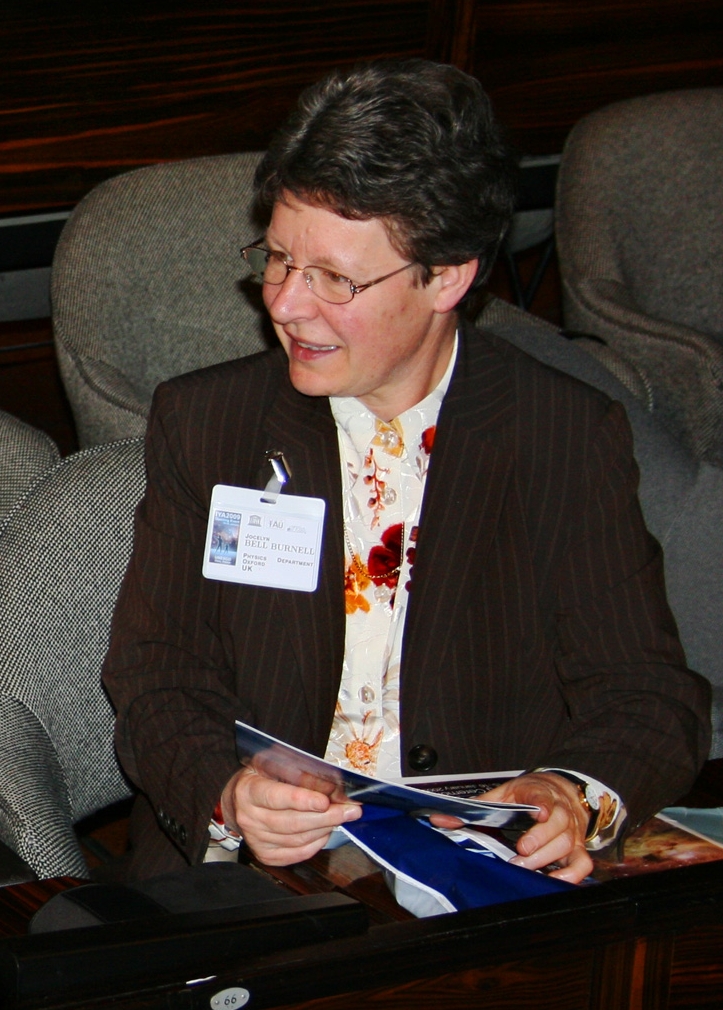Magnetism
Since ancient times, people have known about some rocks that could attract iron. When these rocks were rubbed on other types of metal, they had the power to make them attractive too. These items could also push each other away, repelling each other.
- Magnetic Poles
Ancient Chinese thinkers figured out that a magnetic needle in water would always move to the same position. It would line up from north to south. This discovery led to the invention of the compass, which has been used ever since to help people find their way. The reason this works is that the Earth itself is a giant magnet.
Climate Change
The Earth's climate is always changing. It shifts through a regular cycle of temperatures. These cycles last around 100,000 years. They move the Earth through warm periods, then cold ones. This is known as climate oscillation.
A big effect of climate change is the rise in global temperature. Humans have released greenhouse gases into the atmosphere (read more about the Greenhouse effect below). As greenhouse gases rise, so do the average temperatures on Earth. Not all areas on Earth will experience climate change in the same way.
Some areas will become much warmer. Others will become colder. Higher temperatures cause glaciers to melt. When they melt, more freshwater ends up in the ocean. This contributes to sea-level rise and changes crucial processes in the ocean.
Light and Telescopes
One of the first people to study light was Ibn al-Haytham (known as Alhazen). He was a Muslim, living in Egypt in the early 11th Century. Alhazen is first person we know of who used the scientific method. He wanted to know why our eyes could see things.
Hans Lipperhey (also spelt Lippershey) was the first person to write down a design for a telescope. He made spectacles for a living, and in 1608 he applied for a patent for his new tool. He said it was "for seeing things far away as if they were nearby". Hans did not get the patent because other people were making similar tools. But, Hans was paid for his design. The first telescopes, known as Dutch Telescopes, contained both a convex and a concave lens.
Classify a Star
Measure the Speed of Light
Make Your Own Spectroscope
Spectroscopy involves splitting light into its different wavelengths. Each chemical element emits or absorbs a unique spectrum&n
Telescopes Quiz
Telescopes are used to magnify distant objects. They are a vital tool for astronomy. Over the last few hundred years, scientists and engineers have built bigger and better telescopes, revealing the mysteries of the Universe. But how much do you know about telescopes on Earth and beyond?
Jocelyn Bell-Burnell

Credit: Wikimedia (User: Anrie)
Occupation: Astrophysicist
Year born: 1943
Research Areas: Radio-Astronomy, Pulsars
